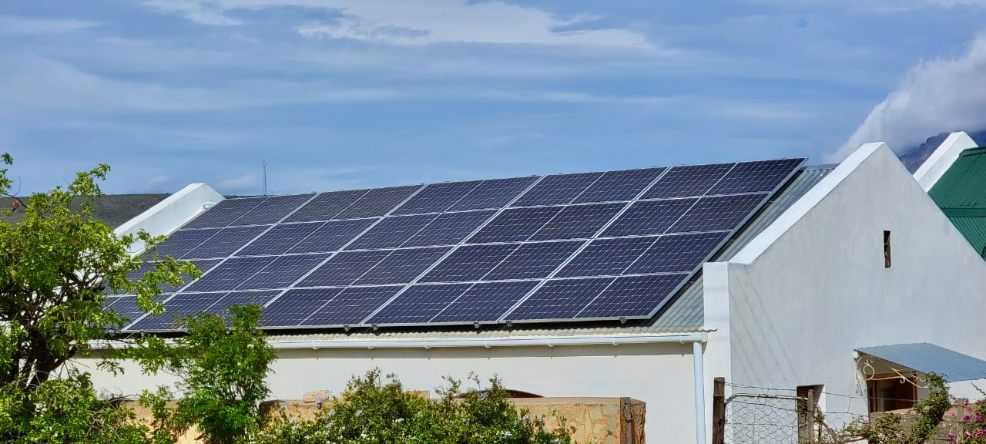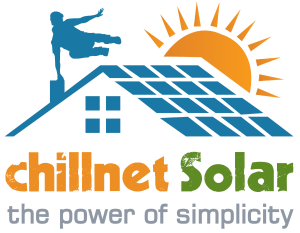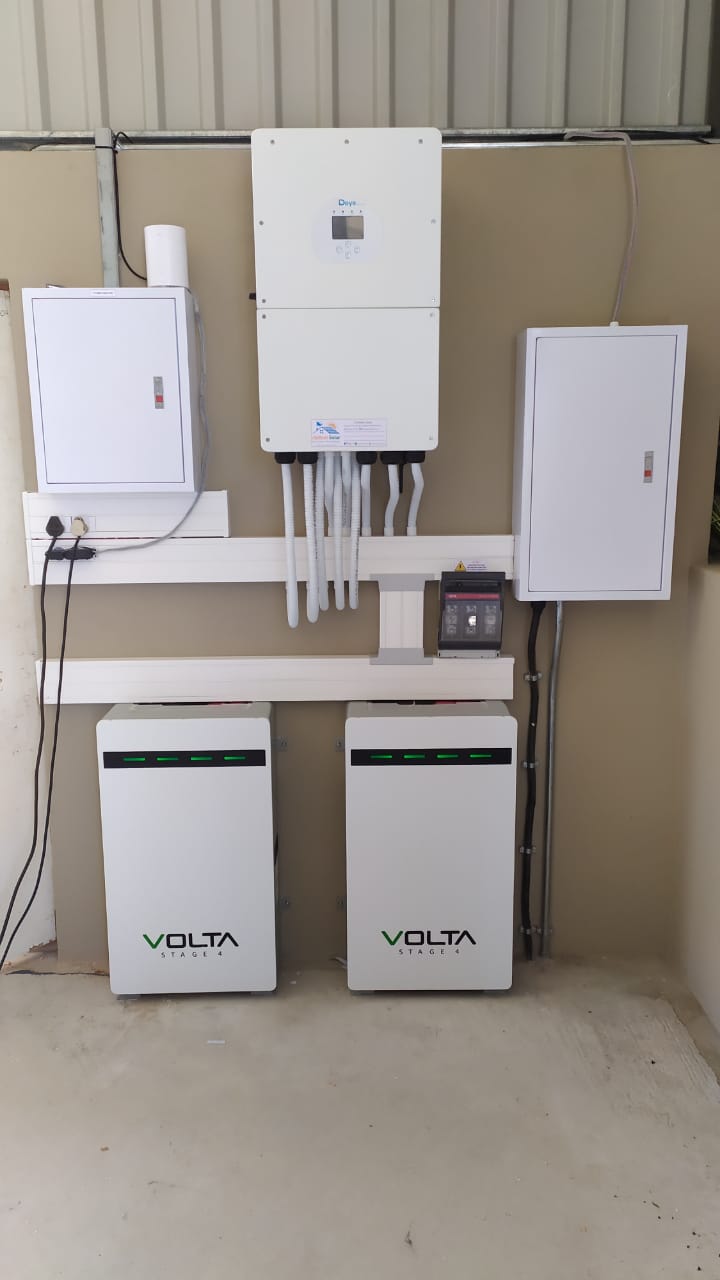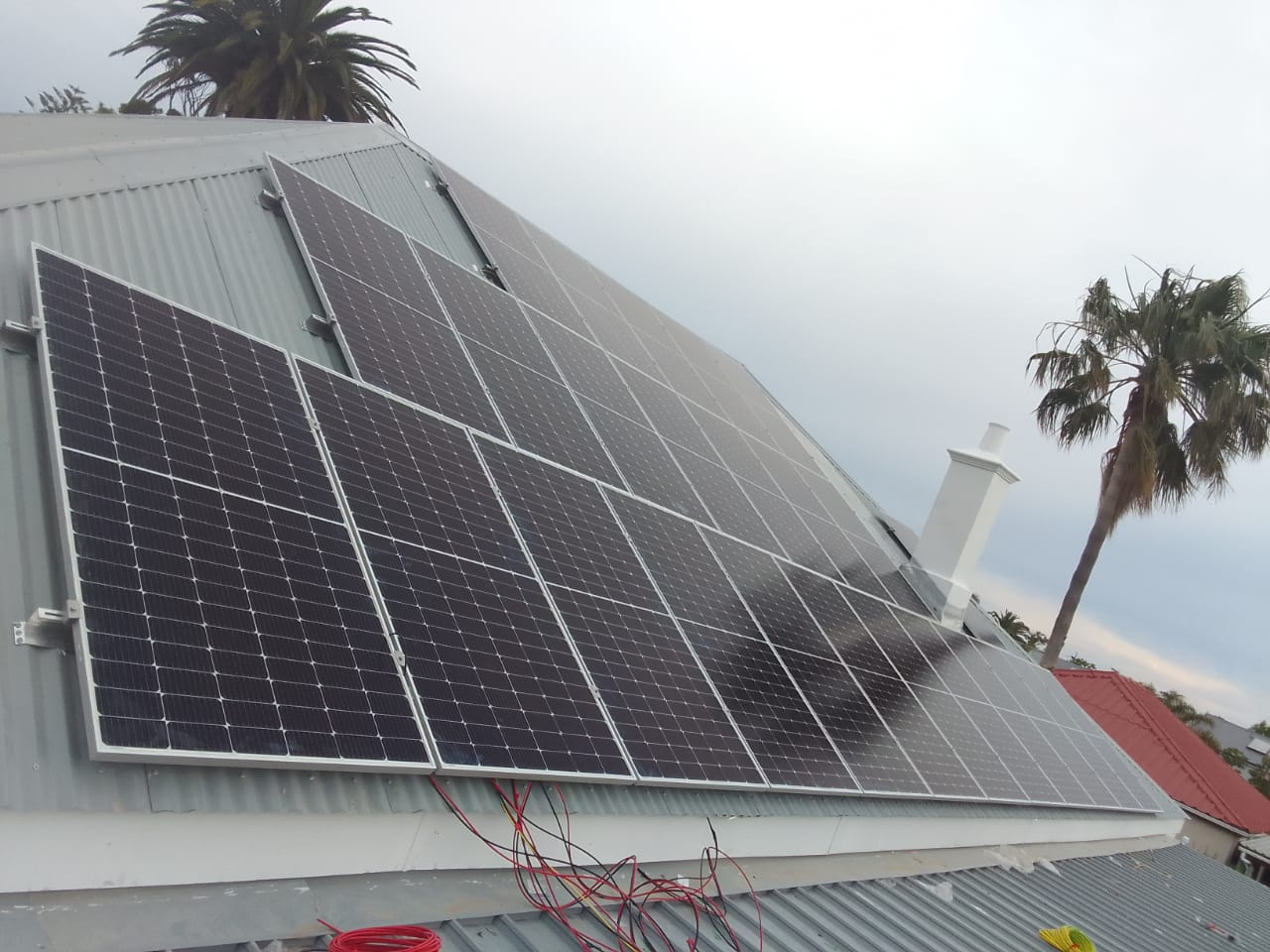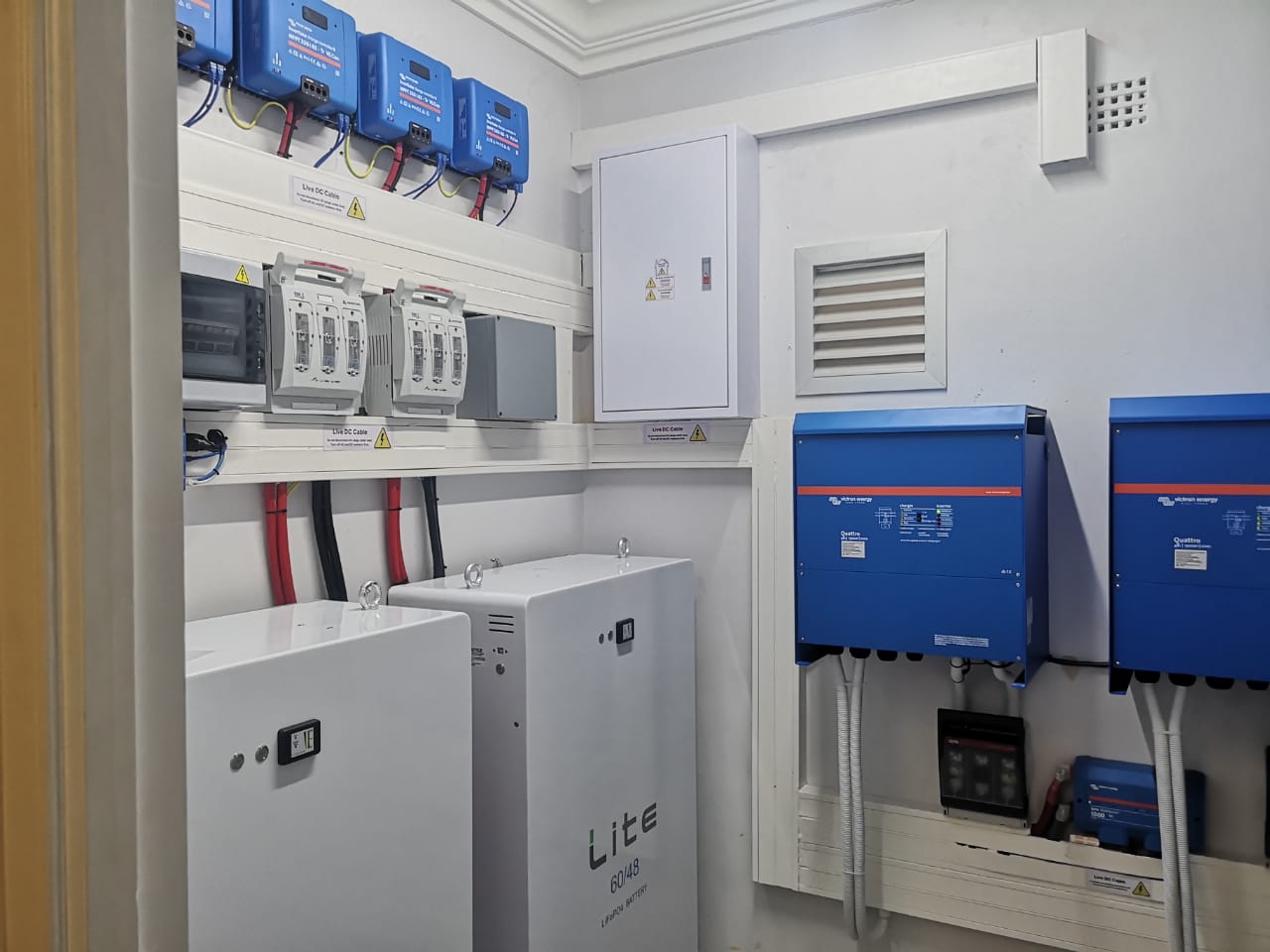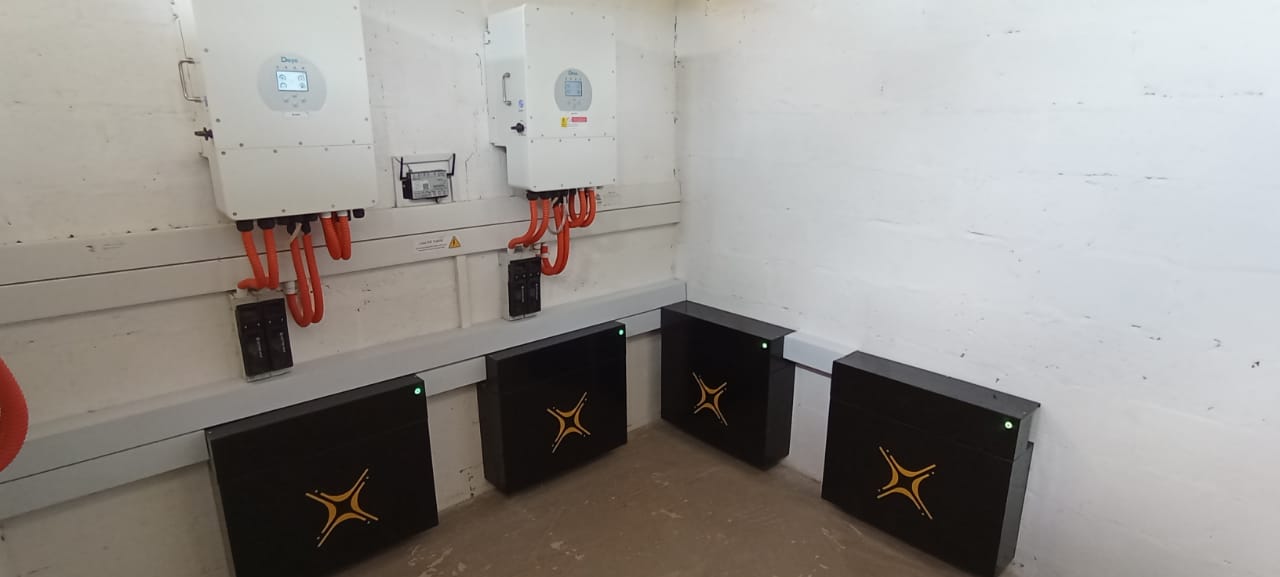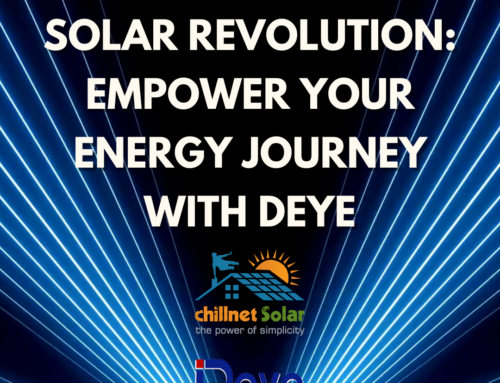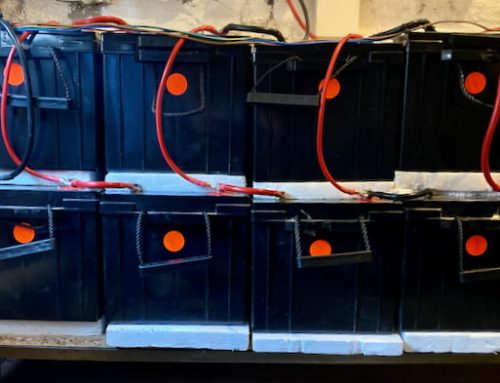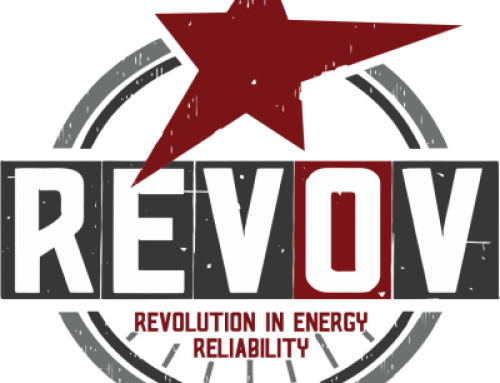
Solar Energy Guide for Homeowners
Introduction
With the world’s increasing focus on sustainable living, many homeowners are now exploring solar energy as a cost-effective and eco-friendly power solution. This guide aims to comprehensively understand the critical aspects of installing solar panels on your property. If you are interested in harnessing the sun’s energy to reduce your carbon footprint and save on energy bills, this guide will walk you through the process step by step.
Understanding the Basics
Before diving into solar panel installation, it’s essential to understand the basics. Solar panels, also known as photovoltaic (PV) panels, convert sunlight into electricity that can be used to power your home or stored for later use.
Assessing Your Home’s Suitability
Not all homes are ideal for solar panel installation, so you can start by assessing your property’s solar potential. Consider factors such as the direction your roof faces, shading from nearby structures or trees, and the available roof space. South-facing roofs with minimal shading generally yield the best results.
Estimating Your Energy Needs
Calculating your average daily and monthly energy consumption is crucial in designing a solar energy system that meets your needs, optimizing cost and efficiency.
Exploring Financial Incentives
Governments and utilities often offer financial incentives to encourage solar adoption. Research local and national incentives, including tax credits, rebates, and net-metering programs. These incentives can significantly offset the initial investment in solar panels, making the transition to solar more affordable.
Choosing the Right Solar Installer
Selecting a reputable solar installer is a crucial step in the process. Look for certified professionals with experience in residential solar installations. Read customer reviews, check certifications, and request quotes from multiple installers to find the best fit for your needs and budget. You can contact us at solar@chillnet.co.za for a trusted and qualified solar installer recommendation.
Financing Options
Solar panel installations can be financed through various options, including loans, leases, or power purchase agreements (PPAs). Explore these financing avenues to determine which aligns best with your financial goals and preferences. Some homeowners may opt for upfront payments, while others may prefer a low- or no-money-down option.
Installation Process
Once you’ve chosen a solar installer and finalised financing, the installation process begins. The installer will mount the solar panels on your roof, connect them to an inverter that converts the DC electricity to AC, and integrate the system with your home’s electrical grid.
Monitoring and Maintenance
After installation, you can regularly monitor your solar energy system’s performance. Many systems have monitoring tools that allow you to track energy production and identify potential issues. While solar panels require minimal maintenance, occasional cleaning and inspections ensure optimal efficiency.
Conclusion
Embracing solar energy in your home is a wise investment that benefits your wallet and the environment. By understanding the basics, assessing your home’s suitability, estimating your energy needs, exploring financial incentives, choosing the right installer, and monitoring system performance, you can confidently integrate solar power into your home, contributing to a sustainable future.
